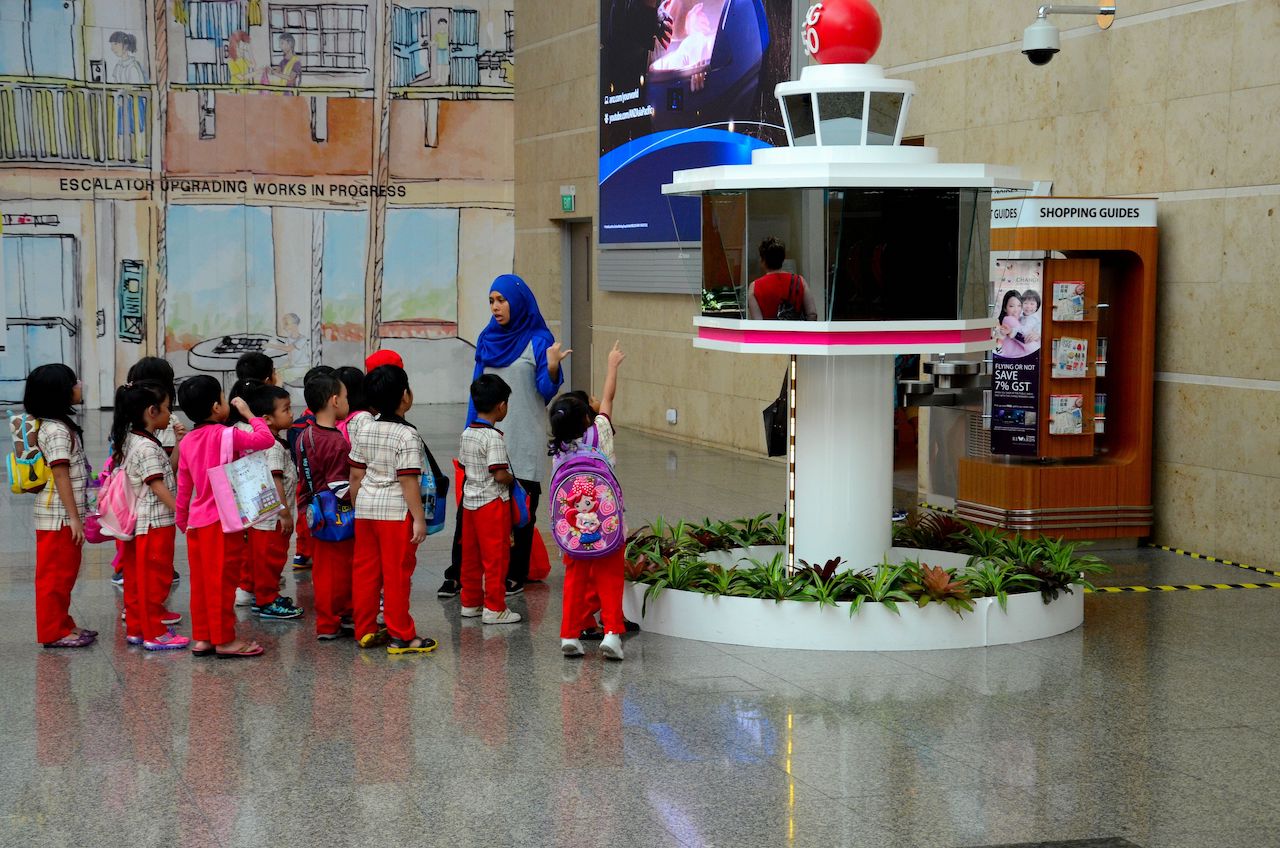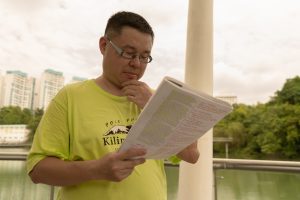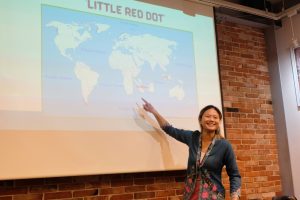Almost as part of our national culture, we like telling ourselves that we are the ‘little red dot’, that we have ‘no natural resources’, and ‘no hinterland’, and therefore we are right to make decisions based on paranoia. We ‘cannot afford to lose’, and we ‘worked extremely hard to get to where we are’. So it is probably not strange that these ideas are part of the regular diet of school going children, part of the enculturation process of becoming a Singaporean.
I am not here to quarrel about these apparently sacred values; for better or worse, these ideas have worked their way into the foundational narrative of the country. What I want is to consider what might happen to individuals, classrooms, and schools when risk aversion and a desire for control of outcomes become fundamental classroom values.
Consider, for instance, Elaine and her classmates (all pseudonyms), from Able Secondary*. They were learning to design artefacts that would be socially meaningful. At the same time as other teams were moving on and starting to prototype their projects, Elaine and her team had just trashed their fourth idea. Through a gradual process, Elaine continually convinced her teammates: no, this is terrible; it will not work; and what’s the point of it anyway?
When my colleagues and I spoke to her, we realised Elaine was not some severely pessimistic person; to some extent, her objections were not misplaced. Rather, she had high standards, and, sensing that conditions were not helping her achieve her standards, she had decided not to try, rather than risk failure and waste time and effort.
Curious, we started asking her classmates about their approach to risk and failure. We found they were receiving contradictory messages from the school and their parents. While some rare teachers tried to encourage students to take risks and try new things, almost all other teachers and parents instead embodied a certain anxiety, and taught them the importance of academic success—whatever the means.
In the pursuit of high standards, their school penalised students for attempting non-standard interpretations of literature texts. Marie, who had joined the school for its excellent reputation for dance, was ready to quit dancing after three years because she got tired of continually being told her performance was ‘only worth 67 marks’.
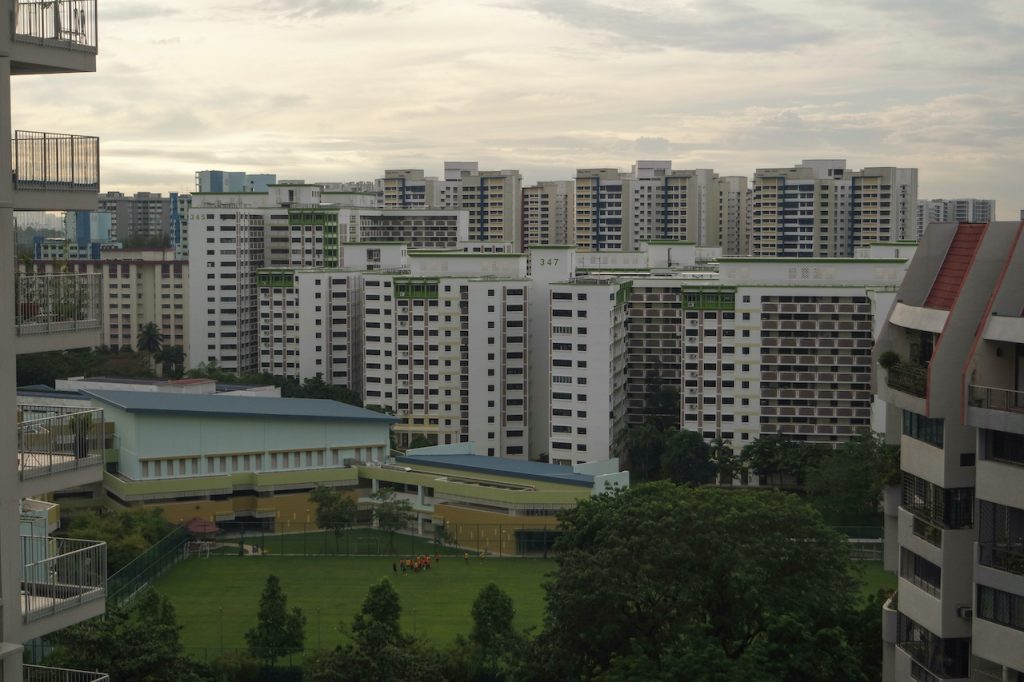
When I asked teachers if they’d like to participate in research projects, few would consider the disruption positively. One of them even asked why she should consider our alternative since she could directly tell students about the topic, and take less than half the time we proposed.
One positive outcome of the collective effort of our teachers, students, and parents is that we have been enjoying a long string of success in international comparisons of school systems. The Programme for International Student Assessment (PISA), publishing its results every three years, has Singapore leading the tables for several decades now. We seem to be doing well. But that may not be the whole picture.
What happens when we expect excellence, and especially when we have narrow definitions of excellence or achievement? In the face of these anxieties, is it not surprising that we begin to optimise for known results, attempt to control everything and reduce our exposure to risk?
The Asian Development Bank commissioned a study on creative productivity in 2014. Measured in terms of patents, copyrights, and other economic outcomes of creative ventures, Singapore did respectably well, at 6th in a field of 22 Asian economies (plus the US and Finland for comparison).
However, we also led the economies in spending on creative industries. In other words, we are quite inefficient in converting investments into creative outcomes, for an overall 10th in rank for creative productivity. The report authors suggest that while the situation is complex, the most likely reason has to do with our organisational culture.
In schools, with organisational cultures poised to deliver goals ‘guaranteed, confirm plus chop’ (standardised tests, set syllabus, narrow goals), it can be hard to shift the discourse towards different, divergent outcomes. Can schools actually be sites where students learn to become creative? What might that look like?
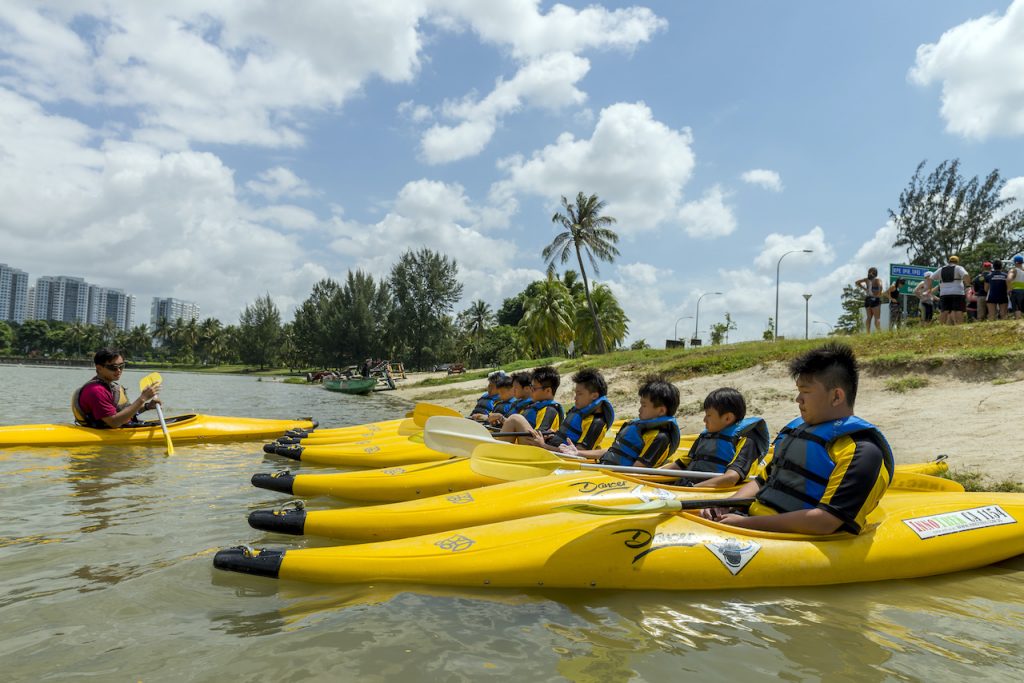
In fact, while not joyfully blowing stuff up, they were crashing unusual prototype model airplanes, shooting nails through both sides of a drink can, or wiring up ungodly amounts of capacitors and finding out that the transistor they wanted to use to release all that energy could not be sold because of nuclear weapons embargoes.
And these hackers did not do it just for fun. Mainly, these creative ventures were intended to create ingenious experimental setups that allowed for very clever science and engineering to be accomplished; on occasion, they merely extended the experiments ‘just to see what would happen’. They did not tinker merely for selfish pleasure, but also contributed their time and ingenuity to local nonprofit Engineering Good to benefit local organisations.
How is it that these hackers had such a different orientation to risk-taking than Elaine and her classmates?
It is not as though the hackers had wealthy parents. One of them was a girl whose father was in a working-class job. She was the one who created an electromagnetic nail gun.
Neither was Brave a more competitive school. Able was equally competitive, albeit with a different selection criteria. The hackers also kept late nights, but the mood was different. Unlike the students I saw at Able, the hackers seemed to relish the hard work that they had to do to see their projects to completion. The conversation among the hackers seemed to leap from crazy to ludicrous before finally collapsing all at once onto something serious that everybody agreed was actually pretty smart and plausible.
Their teacher, Belinda, made a deliberate point to listen to her students, and then helped make their visions a reality, connecting their ideas to the high value science and engineering they were supposed to learn. This was risky. Often, Belinda had no clear idea how to proceed on those visions.
However, there was also reward. One particular project was so successful that Belinda and her school were in the process of applying for a patent to protect the students’ invention.
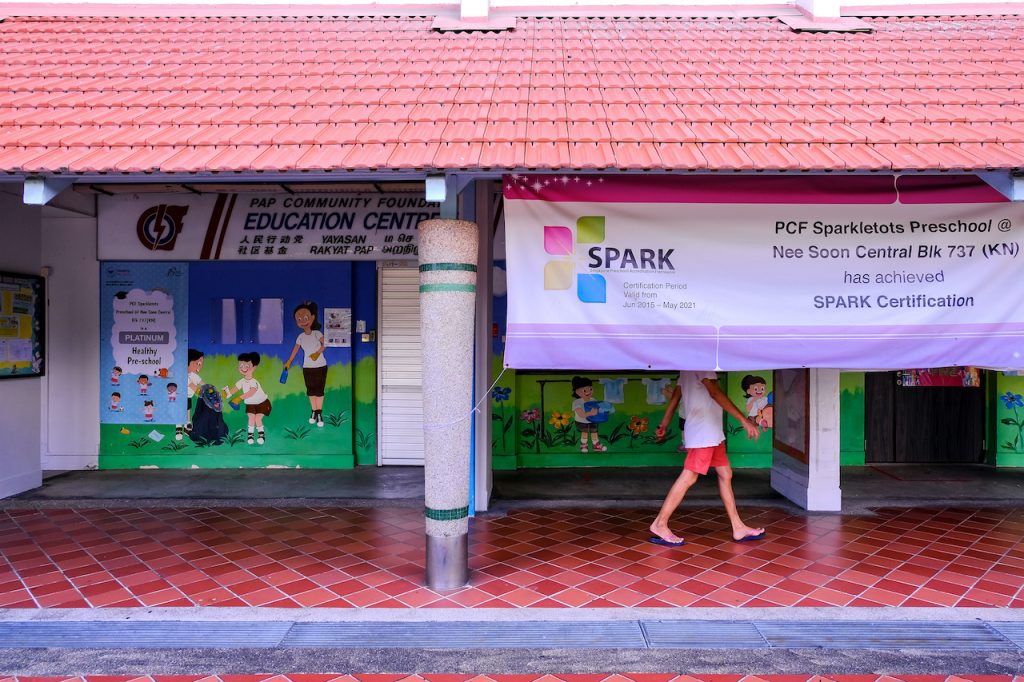
We need to embrace risk and uncertainty more fully if we want to have a better chance of dealing with unforeseeable futures. Our traditional approach can be useful for known problems, but for unknown problems a different approach may be needed. How might we organise learning gains for all, and not distribute high and low achievement identities that often stick with people for life? This sort of re-think may give us a better chance of developing a national solidarity to respond to open futures.
Yes, our young have much to learn, but we should not program their learning as if they were machines. They have their own desires, and the future is theirs to design. This can be scary—what if students refuse to learn, refuse to do well? That is certainly a possibility, but surely we should prefer that they do it out of their own will, rather than have people that need to be continually compelled to do what they have to do? Surely we should learn to trust more: trust schools, teachers, and students to try their best?
Can we learn to let go of our overcontrolling side of ourselves, and not be so KS anymore?
*Names of secondary schools have been changed.

